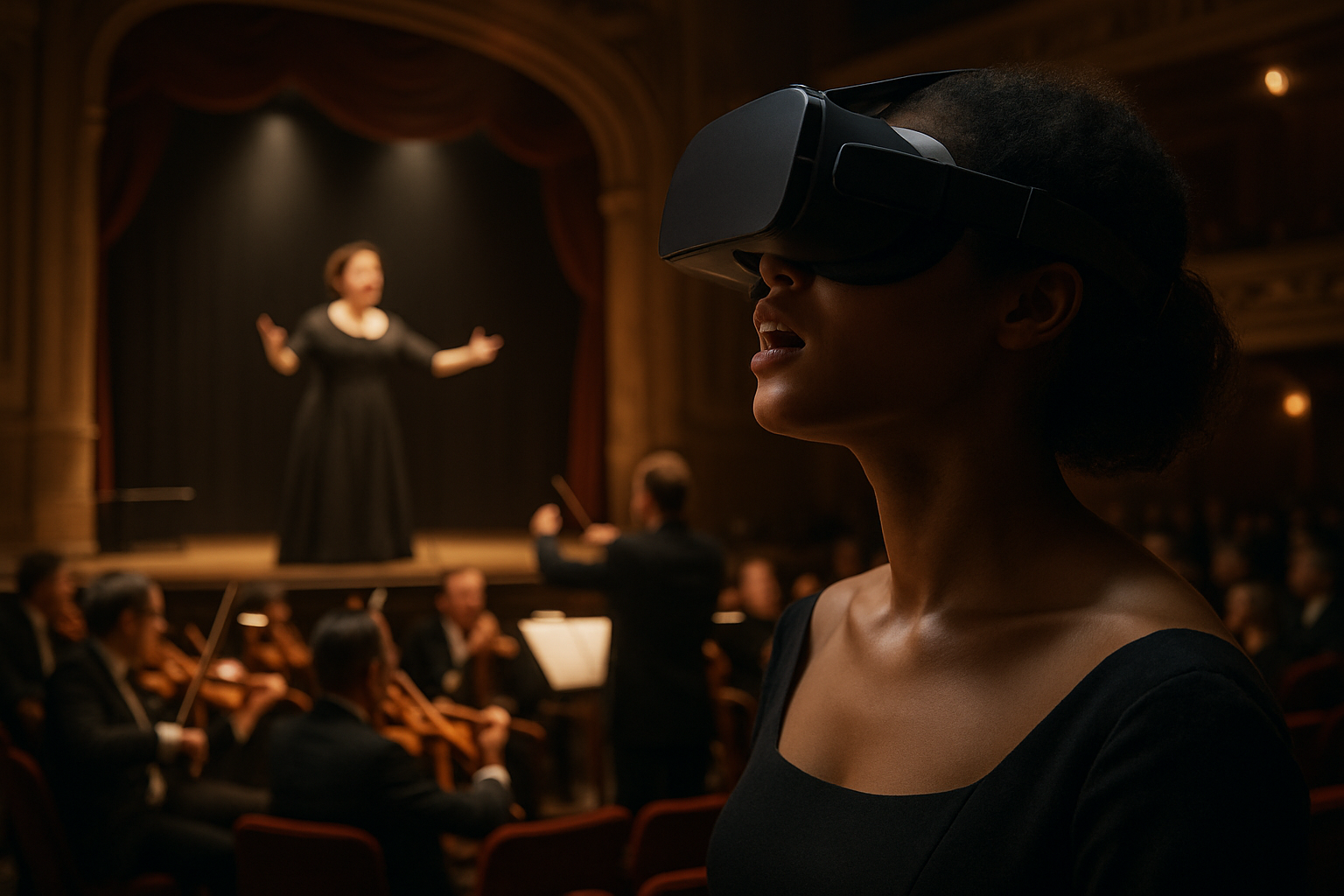Holographic Operas: A New Dimension in Performing Arts
In the ever-evolving landscape of performing arts, a groundbreaking fusion of technology and classical artistry is captivating audiences worldwide. Holographic operas, a cutting-edge blend of traditional operatic performance and state-of-the-art holographic projections, are redefining the boundaries of theatrical experience. This innovative approach not only breathes new life into beloved classics but also opens up unprecedented creative possibilities for composers, directors, and performers alike. As holographic operas gain traction in prestigious venues across the globe, they're sparking conversations about the future of live entertainment and the potential for technology to enhance, rather than replace, the visceral thrill of live performance.

The first fully-realized holographic opera debuted at the renowned La Scala in Milan in 2021, featuring a groundbreaking production of Wagner’s Der Ring des Nibelungen. This ambitious project utilized cutting-edge holographic projections to create immersive, otherworldly environments that seamlessly integrated with live performers. The result was a spectacle that honored the opera’s rich traditions while propelling the art form into the future.
Technological Marvels Behind the Curtain
At the heart of holographic opera lies a complex interplay of advanced technologies. High-powered laser projectors, specialized screens, and sophisticated motion capture systems work in tandem to create three-dimensional images that appear to occupy physical space alongside flesh-and-blood performers. These holograms can range from detailed backdrops and set pieces to fully-realized characters that interact with singers on stage.
One of the most crucial innovations in holographic opera technology is the development of real-time rendering systems. These allow for dynamic adjustments to holographic elements during live performances, ensuring perfect synchronization with the music and performers’ movements. This level of responsiveness creates a truly immersive experience that blurs the line between the physical and digital realms.
Reimagining Classics and Crafting New Works
Holographic technology opens up a world of possibilities for reimagining classic operas. Productions that were once limited by the physical constraints of traditional stagecraft can now explore fantastical realms and impossible scenarios. For instance, a recent holographic production of Mozart’s The Magic Flute at the Metropolitan Opera House transformed the stage into a living, breathing enchanted forest, with holographic creatures darting between real trees and interacting with the singers.
Moreover, this new medium has inspired a wave of original works specifically composed and designed for holographic presentation. These modern operas often blend elements of classical music with electronic compositions, creating a unique auditory experience that complements the visual spectacle. Composers and librettists are finding innovative ways to incorporate holographic elements into their storytelling, using the technology not just as a visual effect but as an integral part of the narrative.
The Performer’s Perspective
For opera singers and performers, the advent of holographic productions presents both challenges and opportunities. Many have reported that performing alongside holograms requires a new set of skills, including precise timing and spatial awareness. However, the technology also allows for unprecedented creative freedom, enabling performers to interact with fantastical elements and environments that were previously impossible to realize on stage.
Some performers have expressed concerns about the potential for holographic technology to replace live singers. However, proponents argue that the human element remains crucial to the emotional impact of opera. The interplay between live performers and holographic elements creates a unique synergy that enhances rather than diminishes the power of human performance.
The Future of Holographic Opera
As holographic opera continues to evolve, it’s clear that this innovative art form is more than just a passing trend. Major opera houses around the world are investing in the necessary technology, and a new generation of composers, directors, and performers are embracing its potential. The future may see even more immersive experiences, with holographic elements extending beyond the stage to surround the audience, creating truly 360-degree operatic worlds.
While purists may argue that holographic elements detract from the traditional operatic experience, supporters contend that this technology is breathing new life into an art form that has always been at the forefront of theatrical innovation. As holographic operas continue to push the boundaries of what’s possible on stage, they’re not just preserving opera for future generations – they’re actively shaping its evolution.





